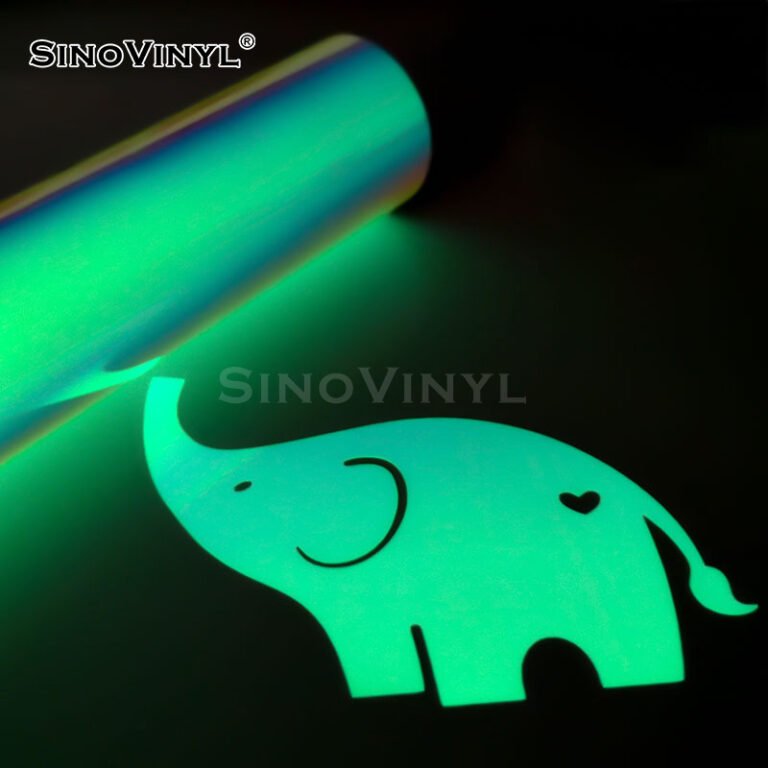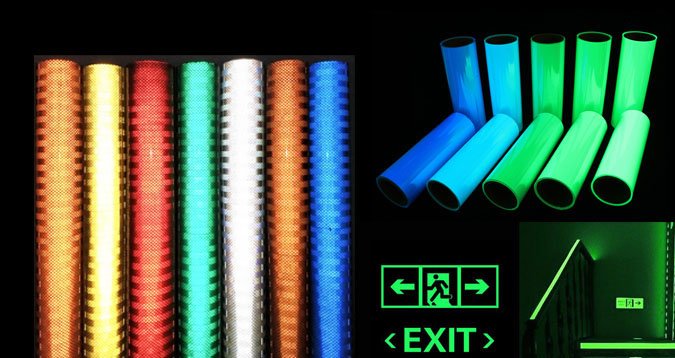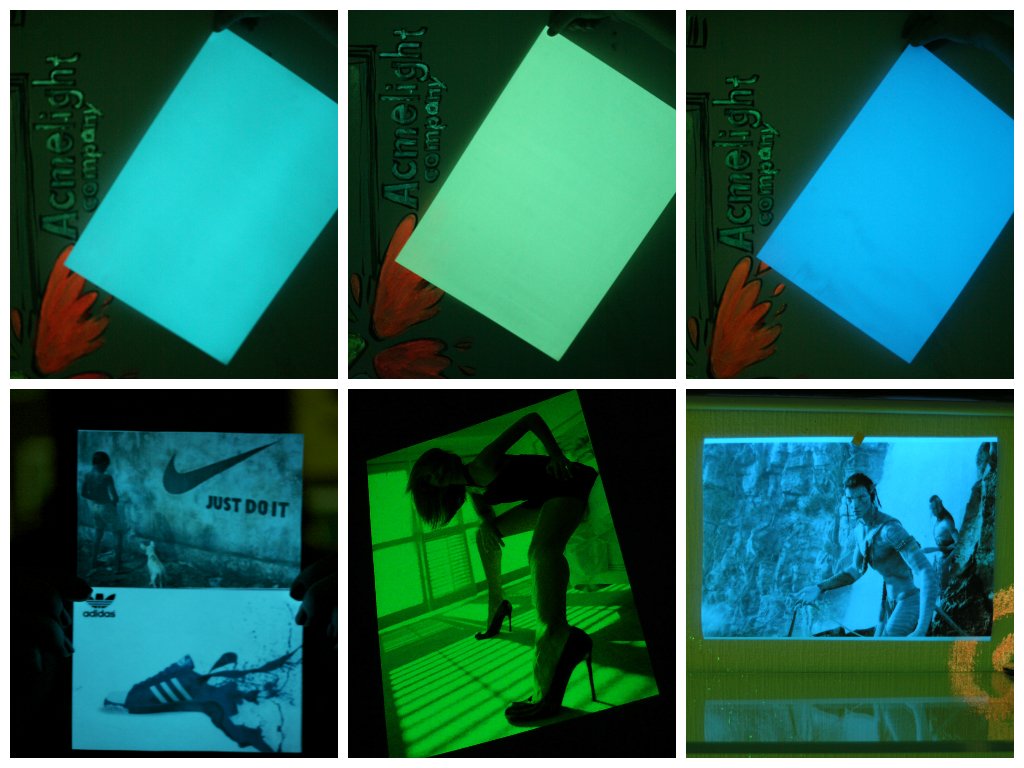Applications of Reflective Vinyl Lettering in Road Signs
1. Street Names and Road Signs: Reflective vinyl lettering is commonly used to display street names and road signs. The reflective properties of the vinyl enhance visibility during nighttime or low-light conditions, allowing drivers to read and understand the signs more easily.
2. Warning Signs: Reflective vinyl lettering is utilized in warning signs such as “Stop,” “Yield,” “School Zone,” and “Speed Limit” signs. These signs are crucial for alerting drivers to potential hazards and ensuring their safety on the road.
3. Regulatory Signs: Reflective vinyl lettering is used in regulatory signs that convey specific traffic laws and regulations. Examples include signs indicating “No Parking,” “One-Way,” “Do Not Enter,” and “Keep Right.” The reflective properties of the vinyl ensure these signs are visible and legible at all times.
4. Guide Signs: Reflective vinyl lettering is employed in guide signs that provide directions, information about nearby attractions, and distance to destinations. These signs help motorists navigate and make informed decisions while driving.
5. Construction Signs: Reflective vinyl lettering is commonly seen in construction signs that inform drivers about road work, detours, and potential hazards ahead. The reflective properties of the lettering ensure visibility and promote safety in construction zones.
6. Tollbooth Signs: Reflective vinyl lettering is used in tollbooth signs to guide drivers and provide instructions for payment. The high visibility of the reflective lettering helps drivers easily identify the appropriate lanes and follow the necessary procedures.
7. Exit Signs: Reflective vinyl lettering is employed in exit signs on highways and freeways. These signs guide drivers to the correct exit ramps and ensure smooth traffic flow.
Reflective vinyl lettering is essential in road signs to enhance visibility, improve road safety, and ensure drivers can easily interpret and follow the information displayed.


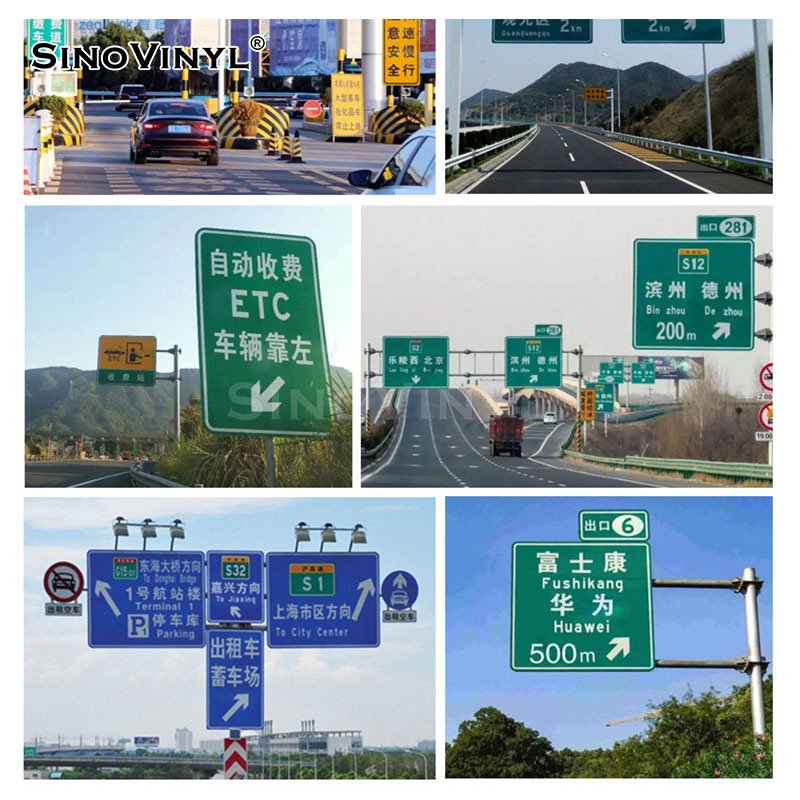
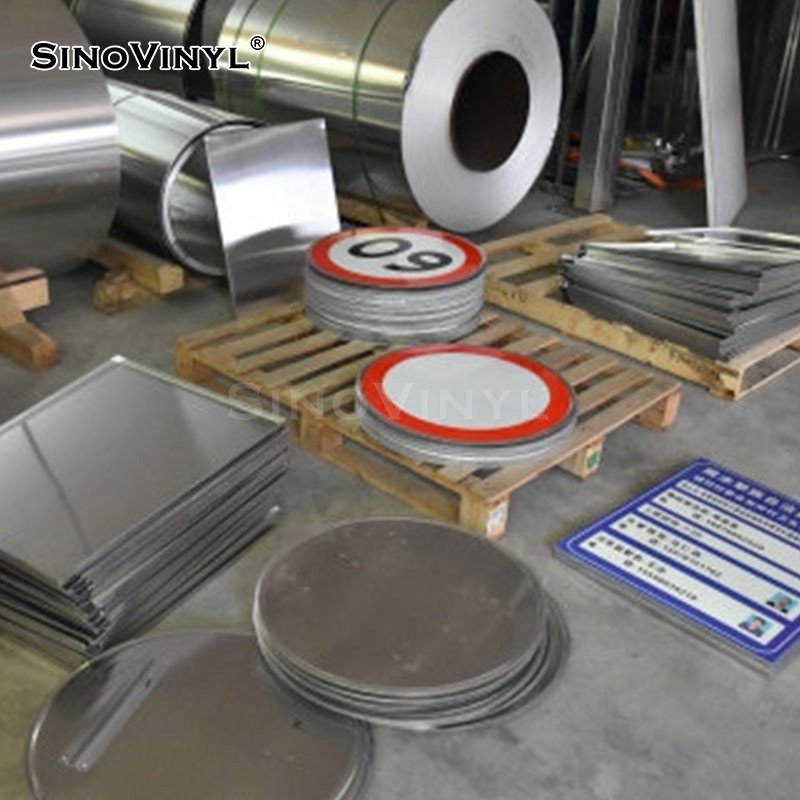

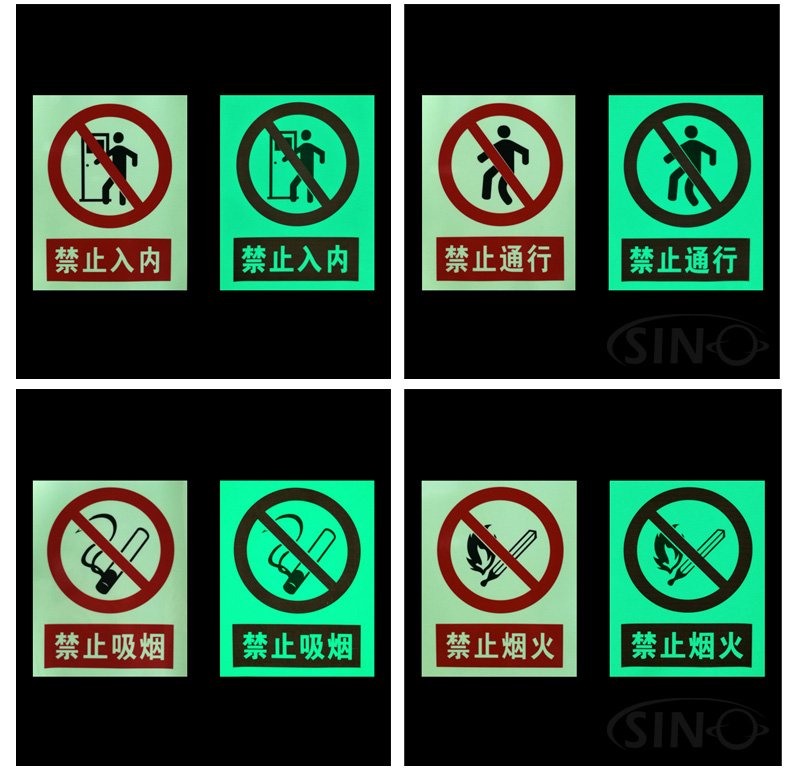
Enhancing Visibility with Reflective Vinyl Lettering on Vehicles
Enhancing visibility with reflective vinyl lettering on vehicles can significantly increase safety on the road. Here are some steps to guide you on how to achieve this:
1. Choose High-Quality Reflective Vinyl
Start by selecting a high-quality reflective vinyl material specifically designed for vehicle use. Look for products that have excellent reflective properties and durability to withstand outdoor conditions.
2. Consider Contrast
Opt for lettering colors that provide a high contrast against the background color of your vehicle. For example, white or yellow reflective lettering tends to stand out well on darker vehicles, while black or dark-colored lettering works best on lighter vehicles.
3. Select the Right Font and Size
Choose a font that is clear, legible, and easy to read from a distance. Consider the size of the vehicle and the distance from which the lettering will be seen. Use larger fonts for larger vehicles or if the lettering needs to be visible from a significant distance.
4. Placement and Positioning
Determine the ideal placement for the reflective vinyl lettering on your vehicle. Common areas include the sides, rear, or doors. Ensure that the lettering is positioned at a height and location that offers optimal visibility to other road users.
5. Clean and Prepare the Surface
Thoroughly clean the area where you plan to apply the reflective vinyl lettering. Remove any dirt, debris, or wax residue to ensure a smooth surface. Use a mild soap solution or automotive-specific cleaning products and allow the surface to dry completely before applying the lettering.
6. Measure and Apply
Measure and mark the desired position for the lettering using a measuring tape and a level to ensure straight alignment. Peel off the backing of the vinyl lettering and carefully place it on the prepared surface, starting from one end and gradually smoothing it down to avoid air bubbles or wrinkles. Use a squeegee or a credit card wrapped in a soft cloth to remove any air bubbles while applying the lettering.
7. Seal the Edges (Optional)
If desired, you can use a clear edge sealer or a sealant recommended by the vinyl manufacturer to protect the edges of the lettering and enhance its longevity. This step is particularly useful if the lettering is exposed to harsh weather conditions or frequent washing.
8. Regular Maintenance
To maintain the visibility and effectiveness of the reflective vinyl lettering, regularly clean the surface using mild soap and water. Avoid using abrasive cleaning agents or tools that can damage the lettering.
By following these steps, you can enhance visibility and promote safety on the road by using reflective vinyl lettering on your vehicles. Remember to consult and follow the specific instructions provided by the manufacturer of the vinyl lettering you choose to ensure the best results.
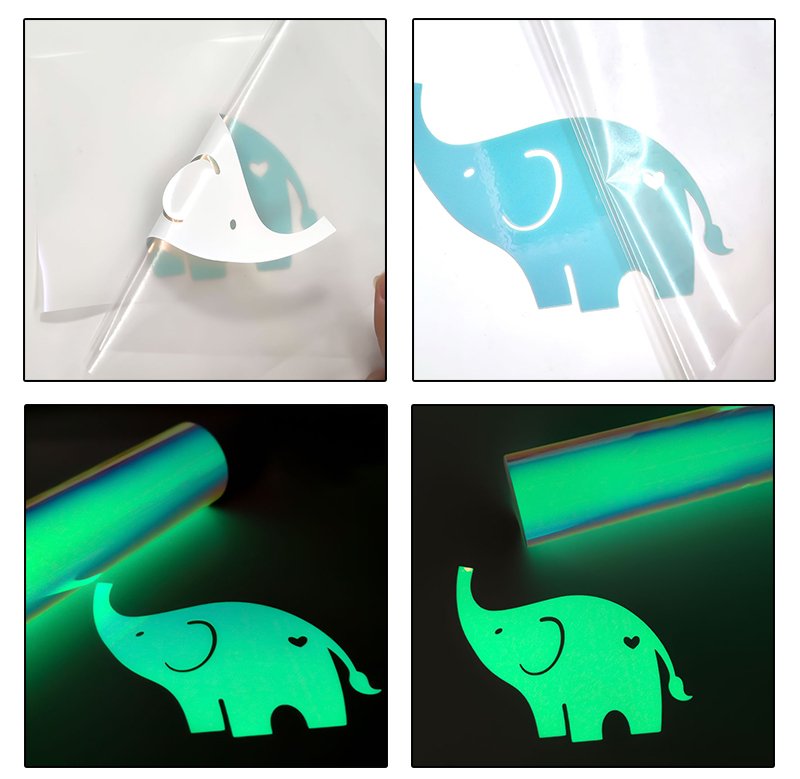
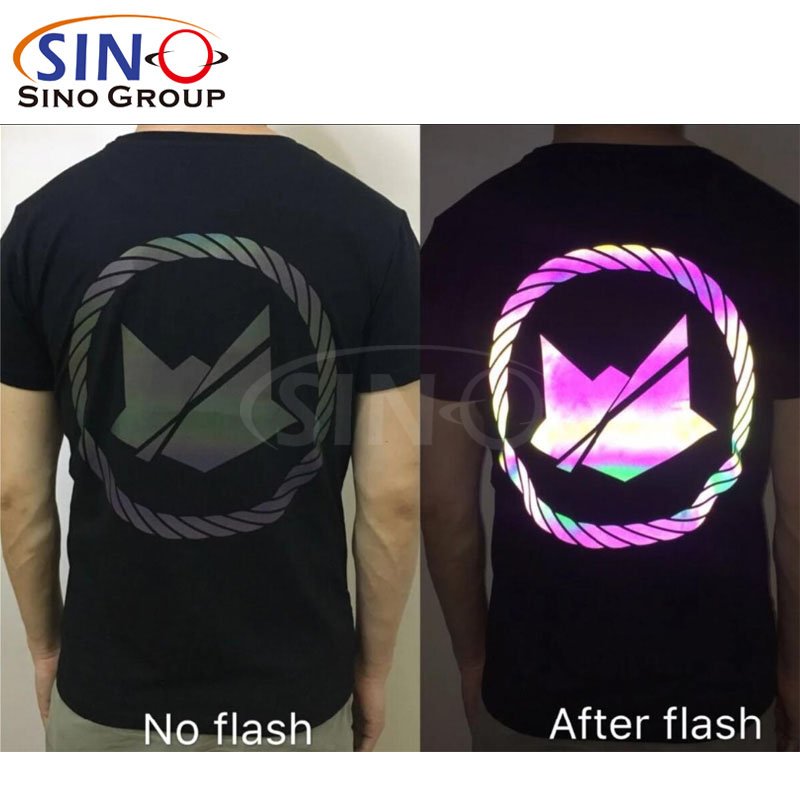
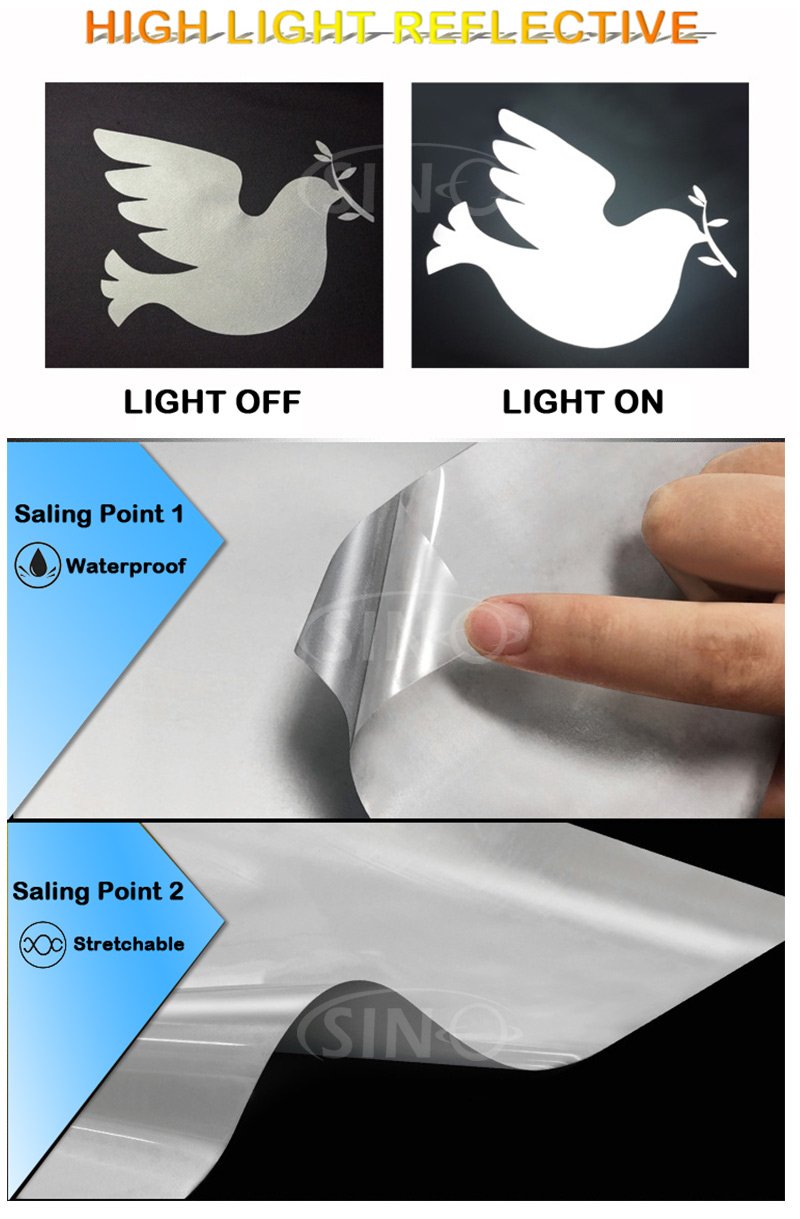
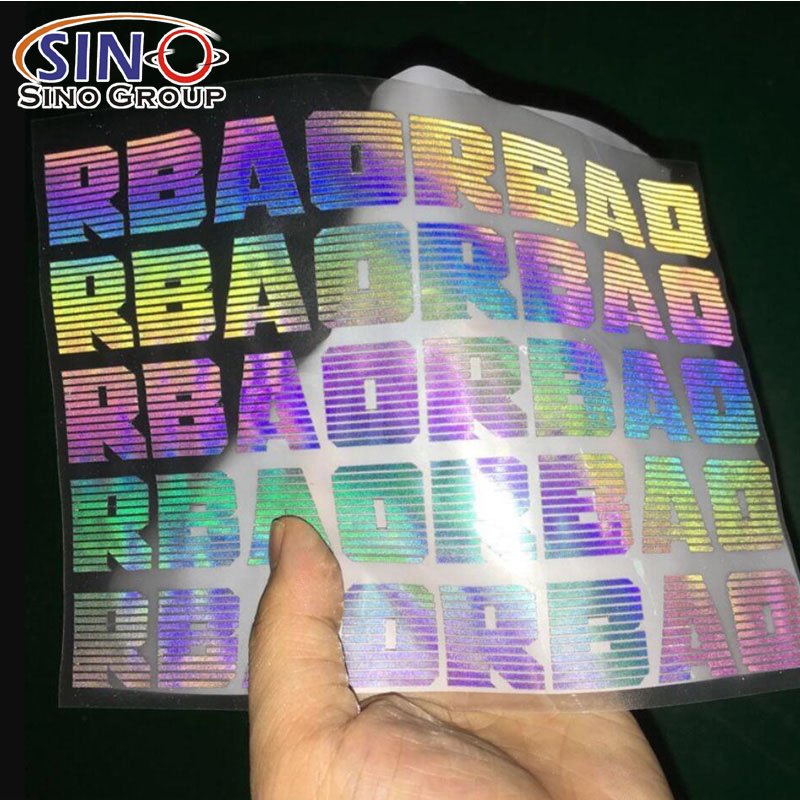


Final Words
In conclusion, reflective vinyl lettering proves to be an exceptional tool for combining safety and style in various applications. Its versatility shines through in enhancing visibility and catching attention, whether it’s used on road signs, vehicles, or outdoor advertising. By incorporating high-quality reflective vinyl lettering, you can effectively communicate messages while prioritizing safety, making it an ideal choice for businesses, emergency services, and individuals alike. With its durability and longevity, this innovative solution ensures long-lasting impact and offers a cost-effective approach to enhancing visibility both day and night. Embrace the power of reflective vinyl lettering, and illuminate your surroundings with a touch of style and safety.

